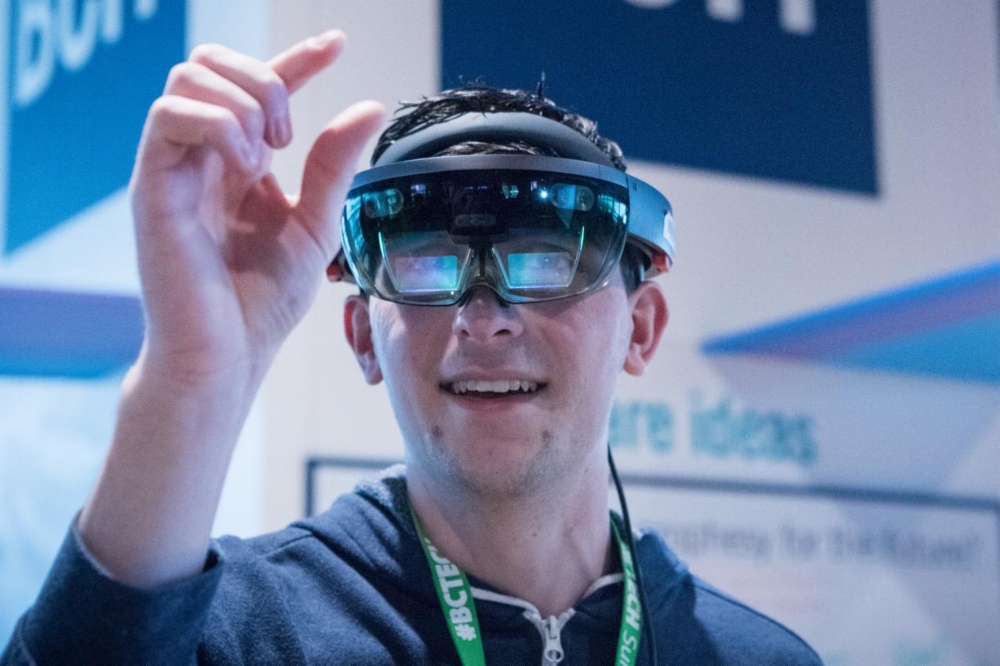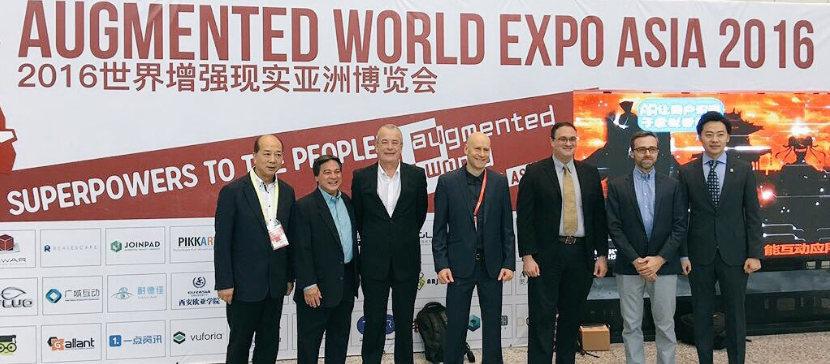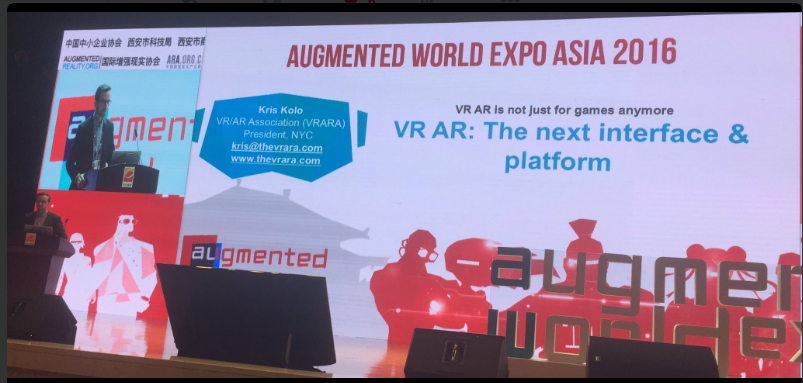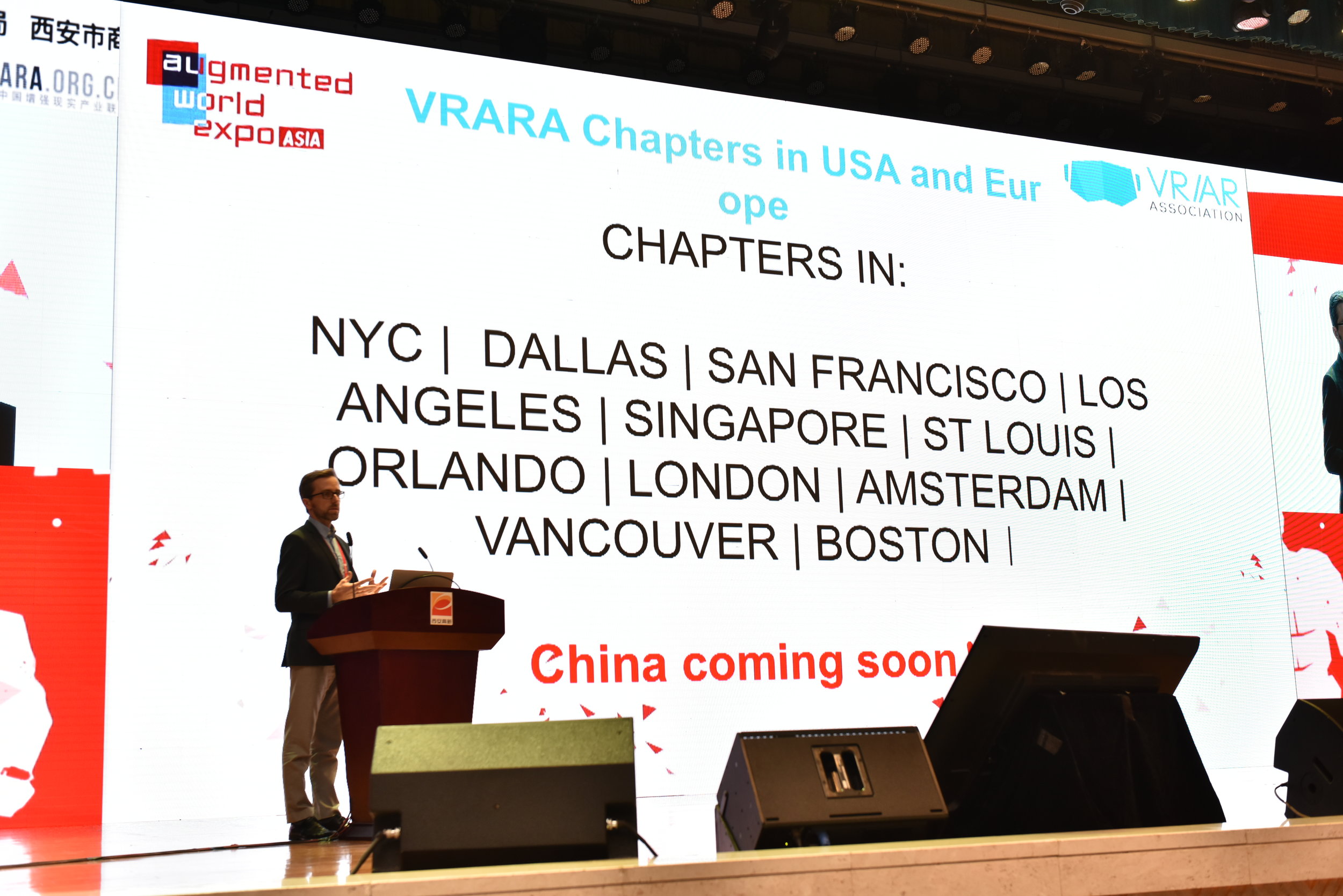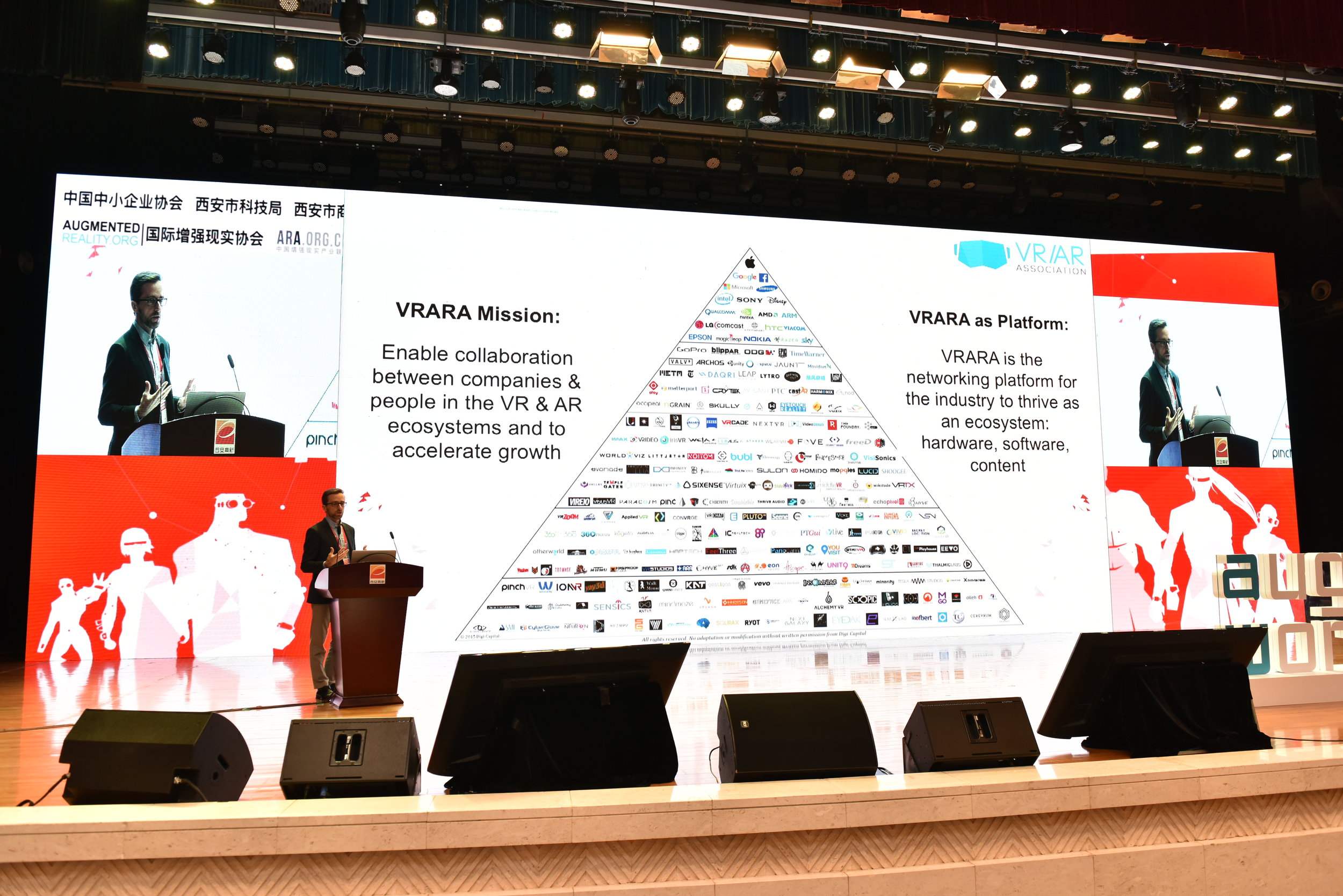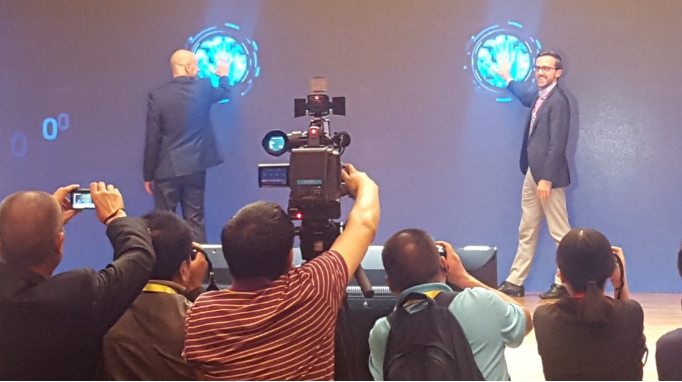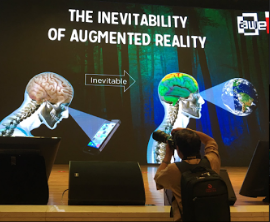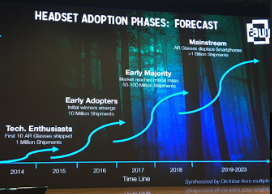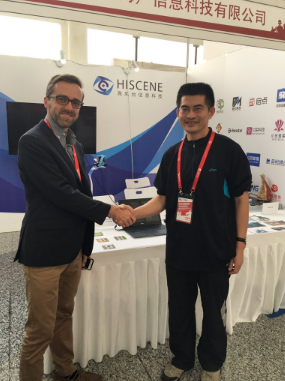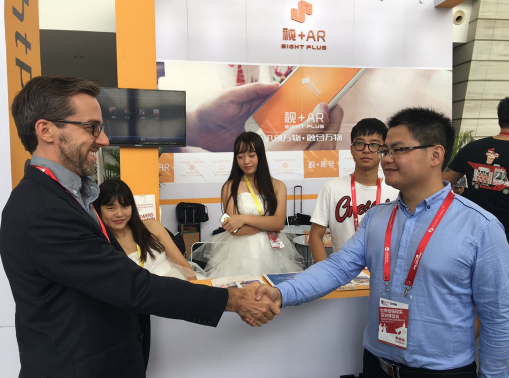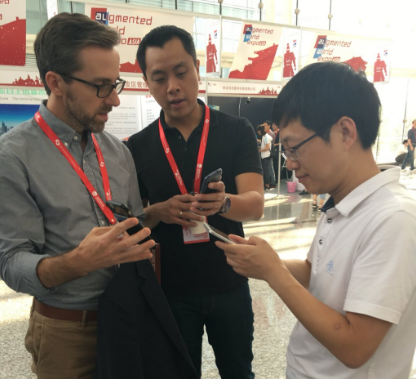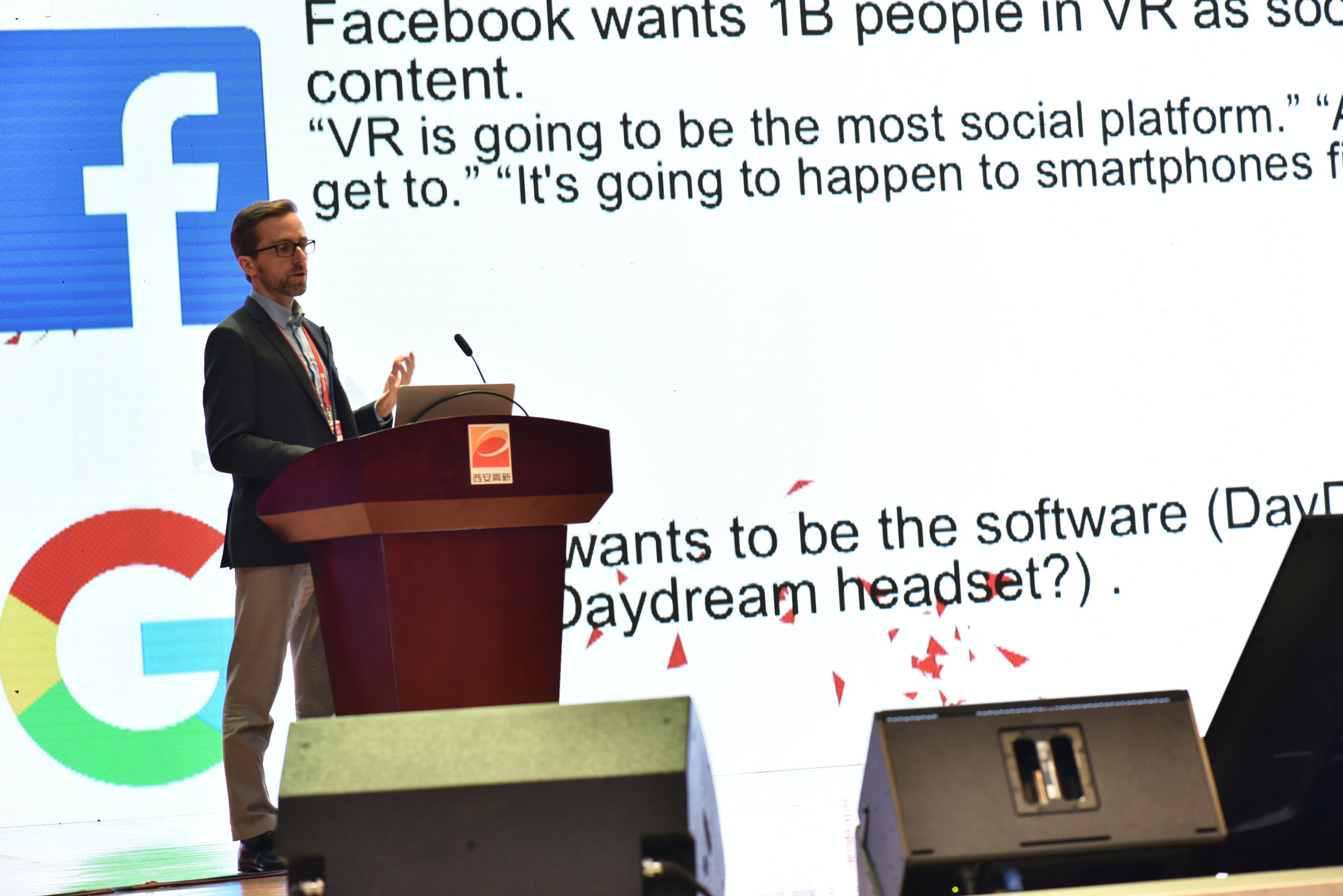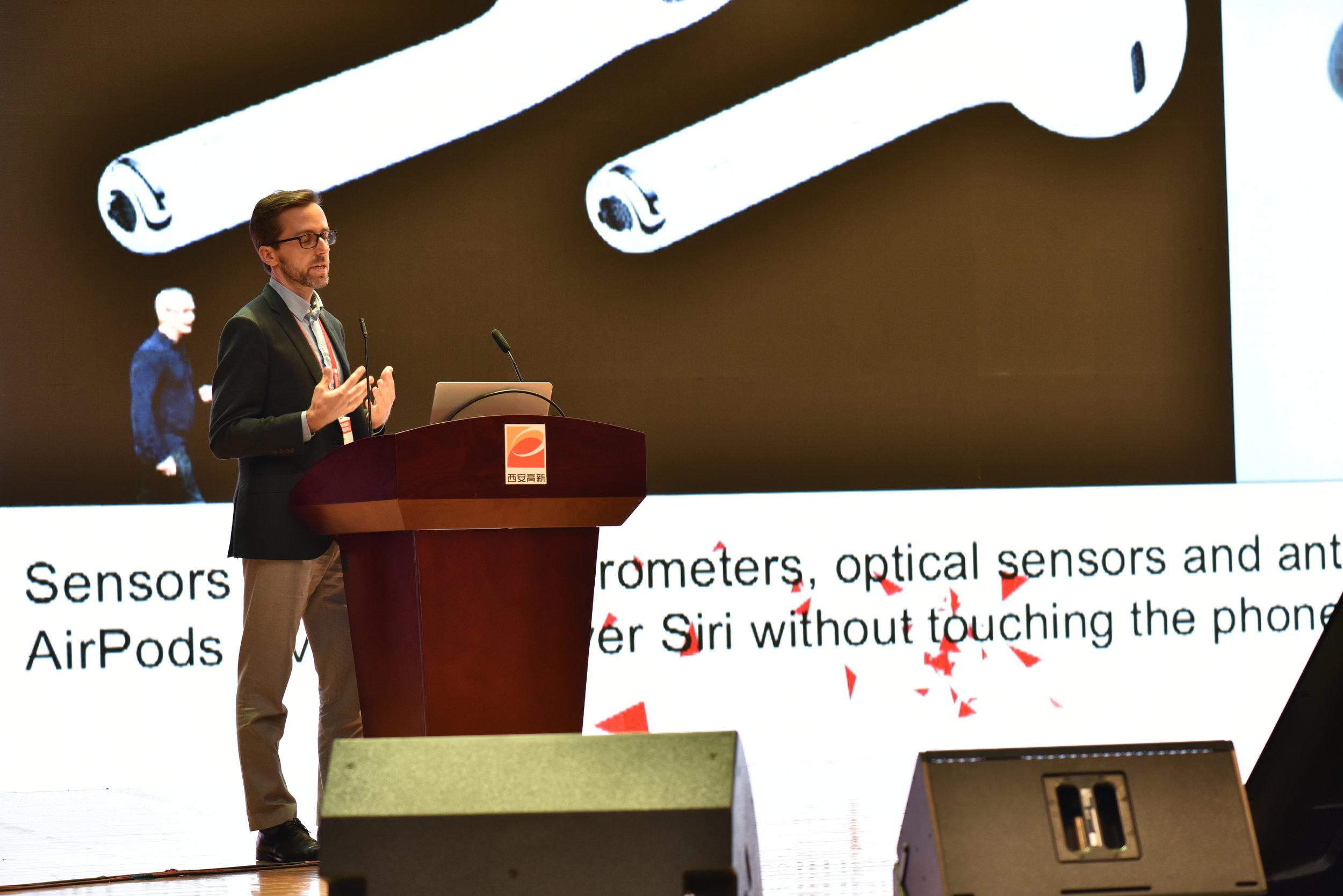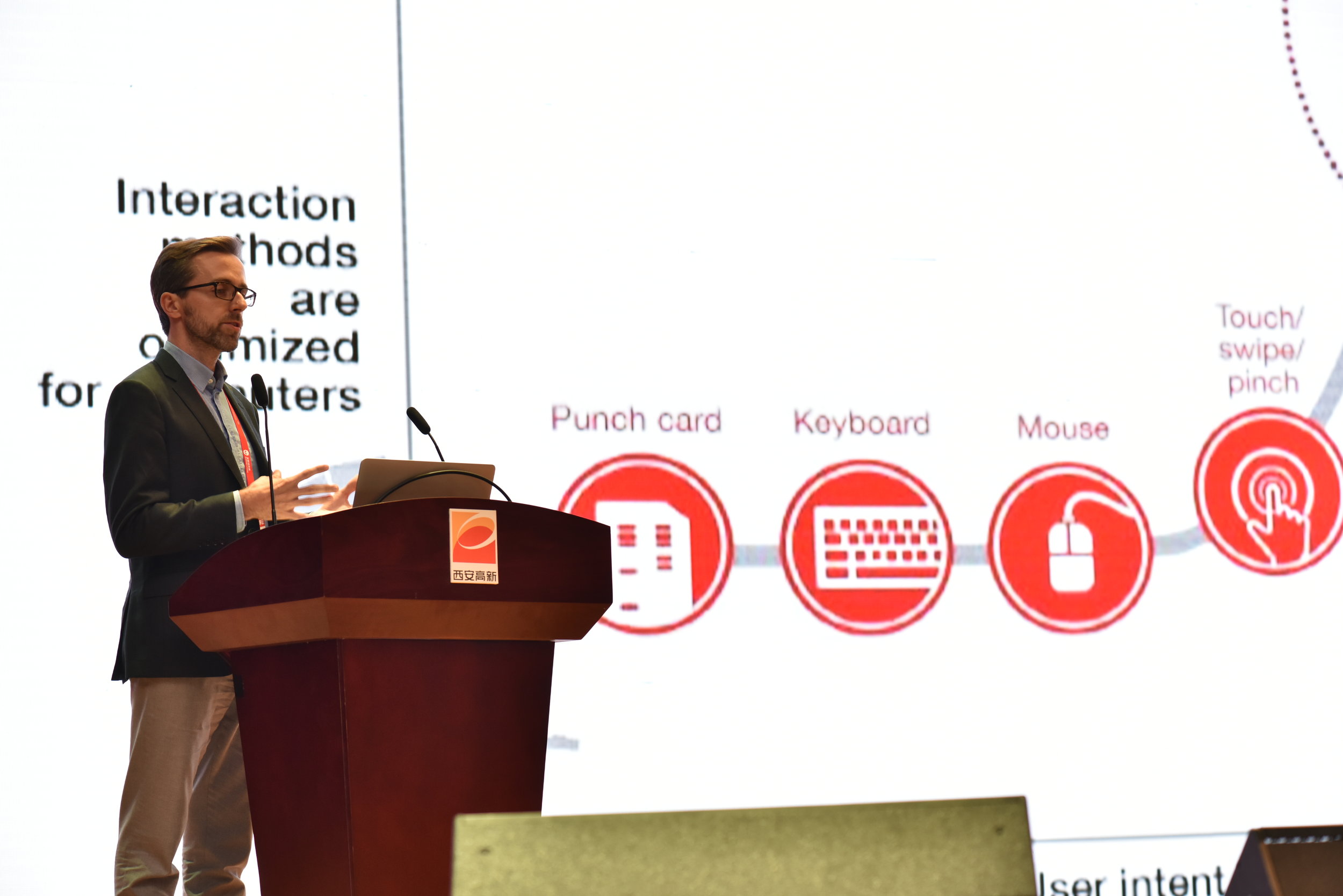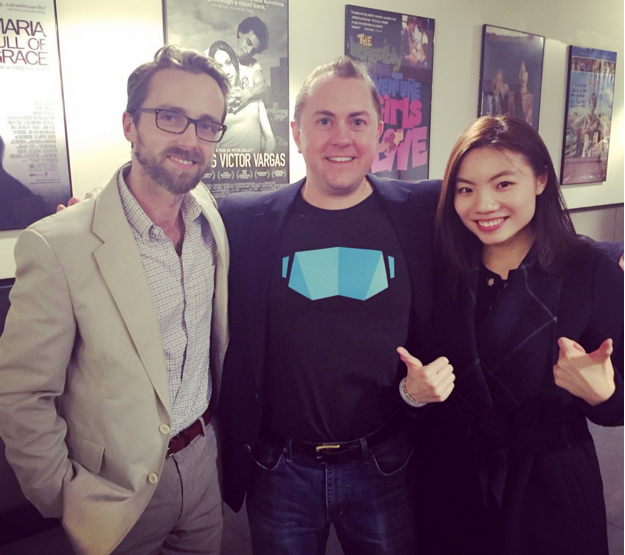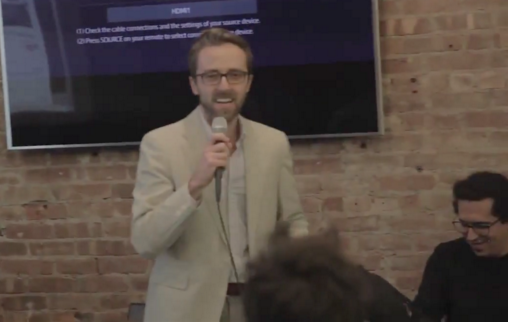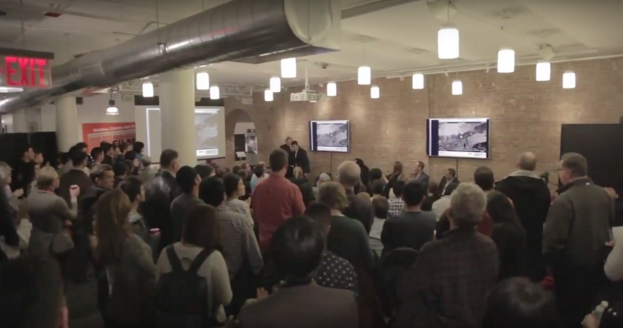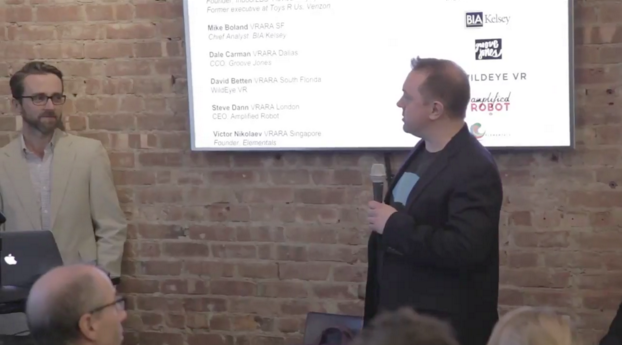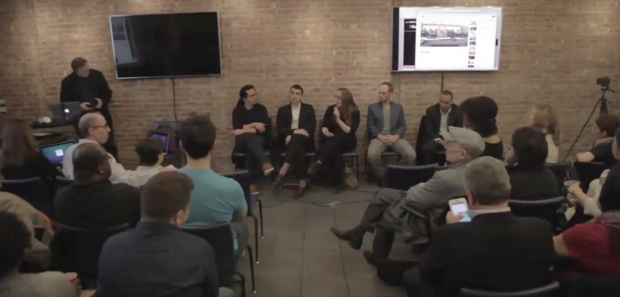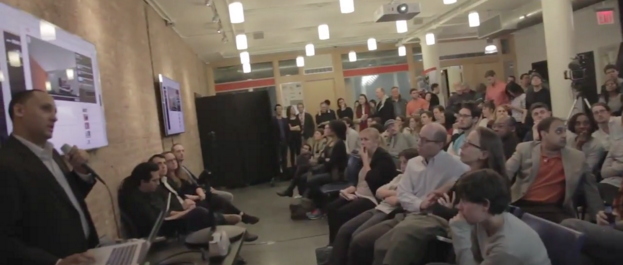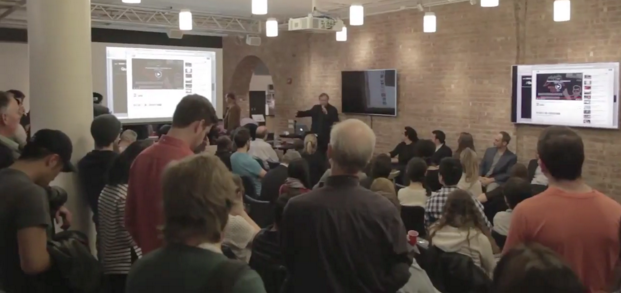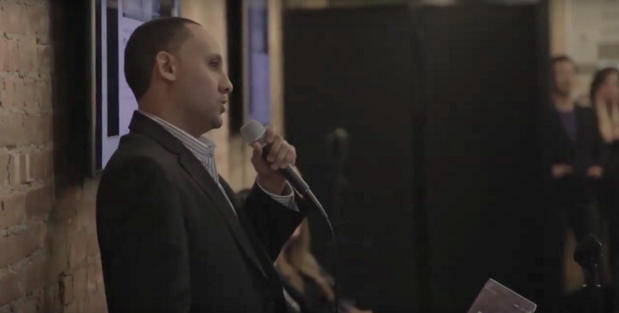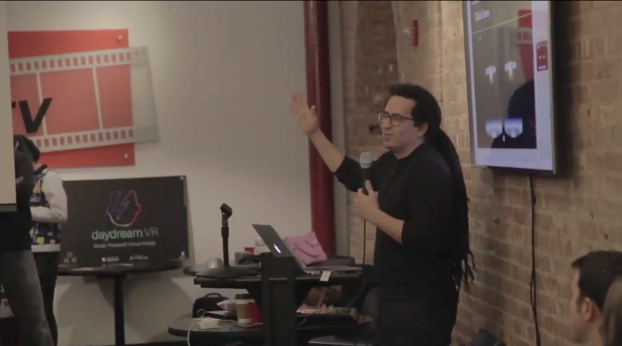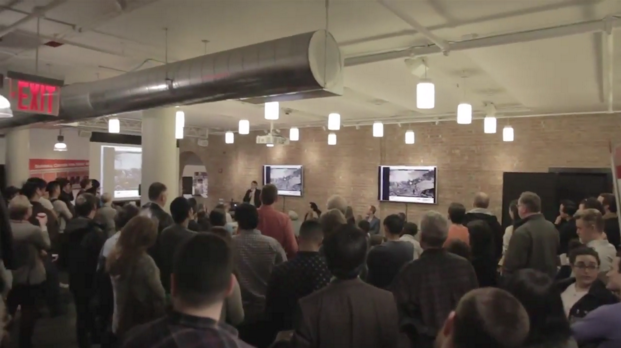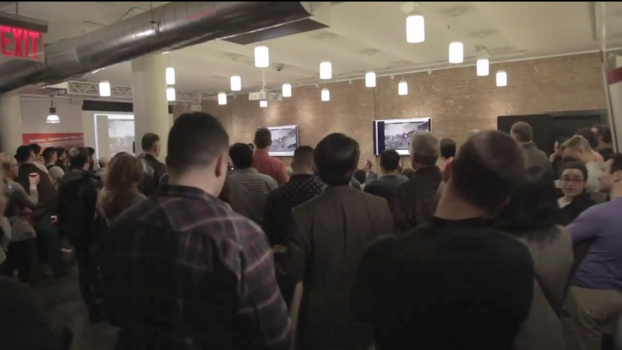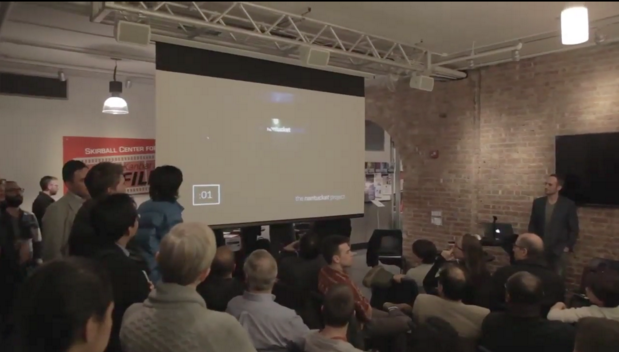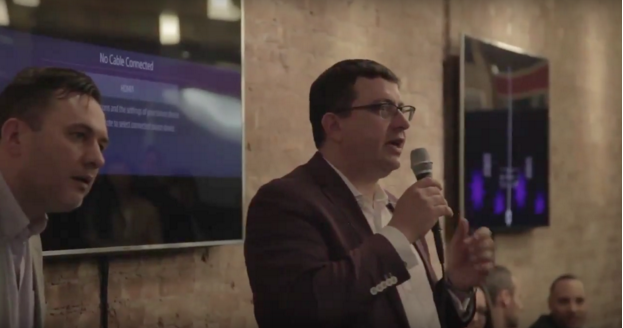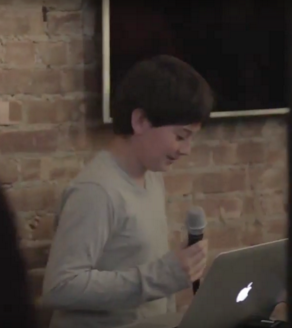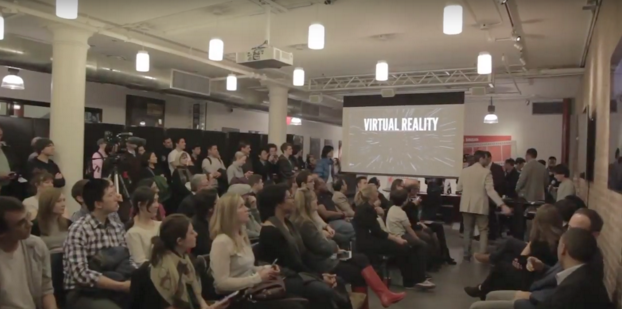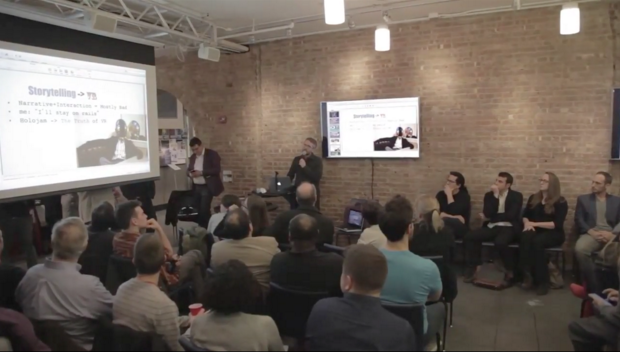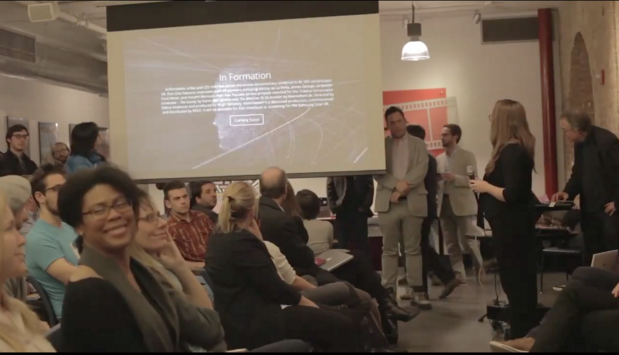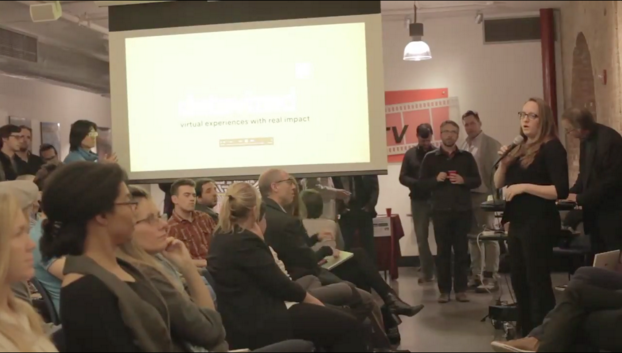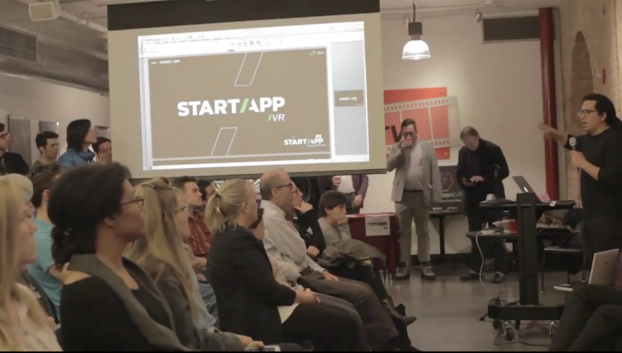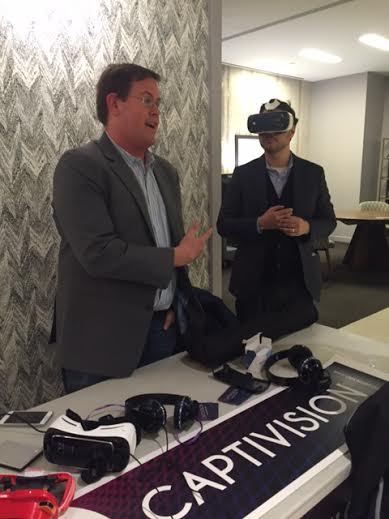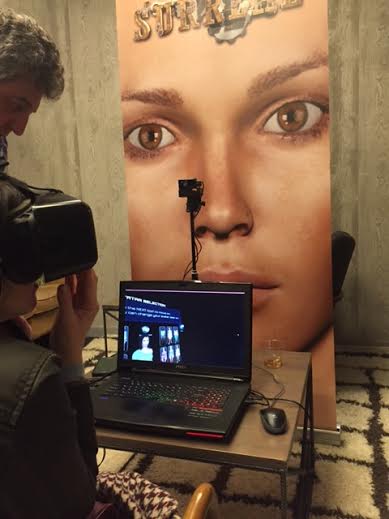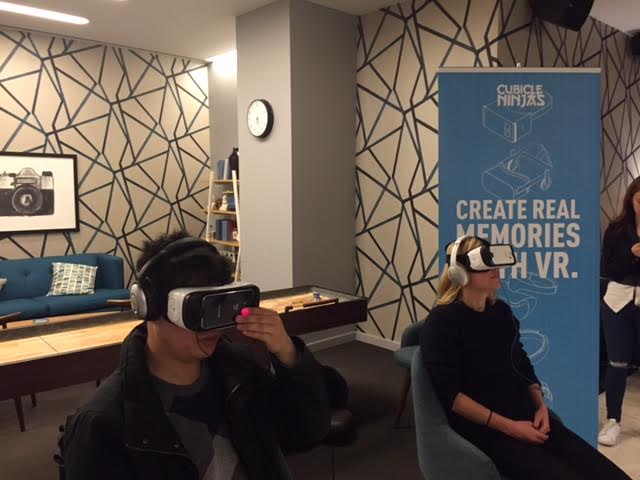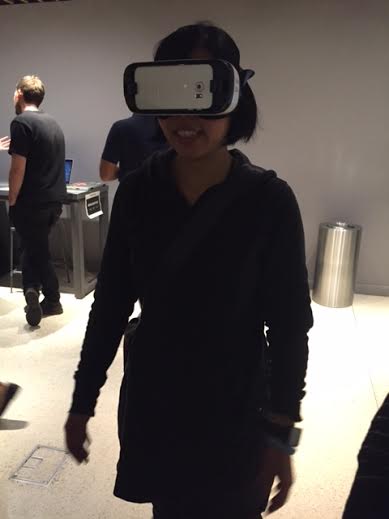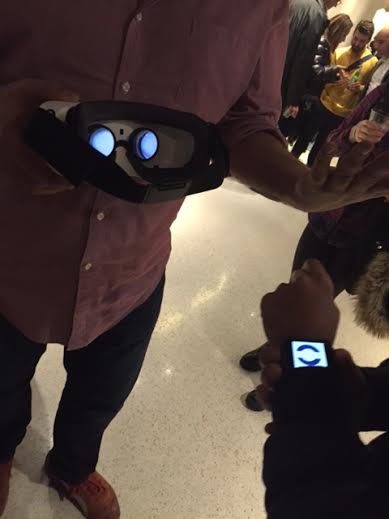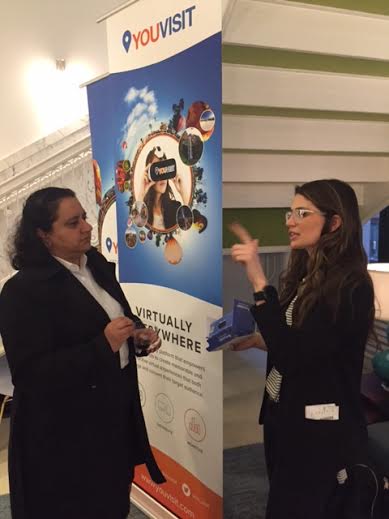Image Source: BCIT
You’d be right in thinking that Augmented Reality and Virtual Reality education has been all the buzz recently - and with good reason.
The VR revolution has arrived and the aptly named ‘empathy machine’ is just at the tipping point of disrupting all industries. With Apple’s release of the ARKit 2 with iOS 12 and Zuckerburg’s standalone Oculus Go VR headset making headlines worldwide, it has never been a more perfect time to consider a career in emerging technology. (Not to mention, the global augmented reality market is expected to grow significantly to about 90 billion U.S. dollars by 2020 with 1 billion users!)
What does all this mean? Strap on a headset, reach for your controller and get ready to future-proof your career. When immersive technology comes knocking - you’ll be prepared.
Where can I learn? BCIT is one of Vancouver’s treasured educational institutions, with campuses in Downtown Vancouver and in Burnaby. In the fall of 2017, BCIT launched their Virtual Reality and Augmented Reality (VRAR) Statement of Completion comprising of four part-time courses offered by the BCIT School of Computing and Academic Studies. Check them out below!
COMP 1011 - UX/UI Fundamentals begins with a focus on user experience (UX) and introduces user interface (UI) design.
COMP 1910 - Introduction to 3D Simulations and VR/AR focuses on how to create 3D models with multiple tools to create a simple Unity AR/VR/MR demo.
COMP 2012 - Applied UX/UI for VR/AR transforms existing 2D/3D content and evolves interface concepts based on UCD for MR environments.
COMP 3919 - Applied VR/AR Project applies story-boarding, rapid prototyping and user testing for a VR/AR/MR Project.
With Vancouver globally respected as one of the top VR/AR hubs in the world, and with over 130+ local members in the VRARA’s Vancouver chapter alone, British Columbia is proving itself to be a (virtual) force to be reckoned with.
Apply to one of BCIT’s programs now to join the rapidly growing VR/AR community in Vancouver, and get the skills you need to make, design and reshape your own realities!

